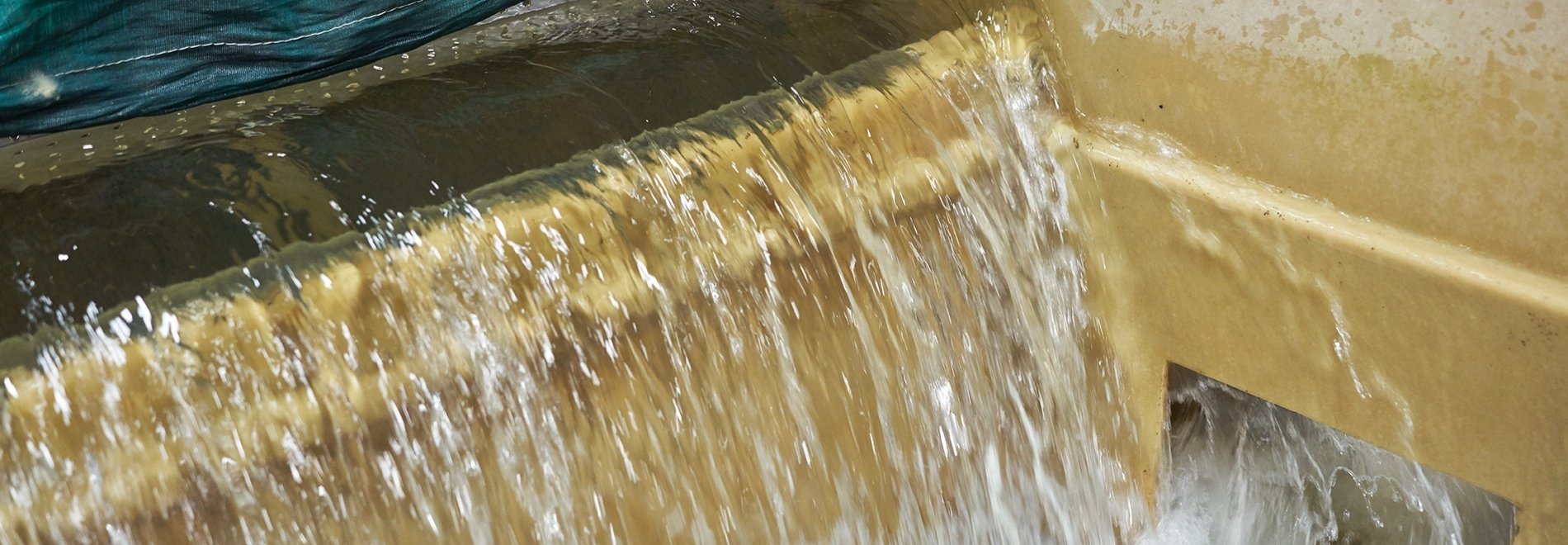Definitely Not a "Pump and Dump": Understanding Our Water Flow
If you've heard the phrase "pump and dump" used to describe how the new AquaBounty farm will use water from the aquifer, you should know that's not the case. Not even close actually – because we rely on an innovative recirculation aquaculture system (RAS) and advanced water filtration technology. But that's a lot of tech speak, so here's a simple explanation of what will happen with the water we draw in to the Pioneer, Ohio farm and the water we discharge into the St. Joseph River.

Different approaches. One clear winner.
When referring to water usage, "pump and dump" describes a situation in which a certain amount of water would be pumped from a source – perhaps to heat or cool a home – and then returned or dumped back to the source. Whatever happens to the water in the process of doing its job affects how it returns to the source and, therefore, changes the water being pumped overtime.
This differs from the AquaBounty system since the water we pump on day one from our deep well system will actually stay in our facility for approximately six days, being recycled and filtered to be reused in our fish tanks multiple times before being filtered and treated once more, and then returned to the St. Joseph River.

Follow the water flow.
Step 1: Water gets pumped in from a deep well.
Approximately, 4.3 million gallons of groundwater will be drawn in a day.
Step 2: Water is treated.
For the health and safety of our salmon, groundwater will be filtered and treated before it is pumped to the tanks containing our salmon.
Step 3: Clean water is put in storage tanks.
It will be drawn into the system continuously as water recirculates.
Step 4: Water is conditioned.
Water temperature and oxygen levels will be optimized so the fish can thrive.
Step 5: Water goes to indoor fish tanks.
Salmon will be able to swim and school naturally in our facility's spacious tanks.
Step 6: Water from the tanks is filtered.
Uneaten fish food, solid waste, ammonia and carbon dioxide will be removed from the water.
Step 7: Filtered water is conditioned again.
The clean water will be sterilized and oxygenated again before going back to the fish tanks.
Steps 5 - 7 are repeated multiple times.
Step 8: Water from the tanks is filtered and treated.
This time, water from the fish tanks will be filtered to remove nitrates and phosphates in addition to any waste and uneaten fish food as before.
Step 9: Water is disinfected.
Just as the water coming into our farm will be treated, the water leaving our farm also will be treated and disinfected.
Step 10: Water is released to the St. Joseph River.
While the technical term is wastewater, the water we discharge into the east branch of the St. Joseph River will be as clean as can be. The amount of water also is not significant enough to pose a risk for increased flooding. In fact, according to experts, the additional water may lead to more aquatic development and a benefit to the river system.
As you can see, at AquaBounty, we pump, filter, reuse/recycle, and treat the water – then return it as good as we received it, to the St. Joseph River system.